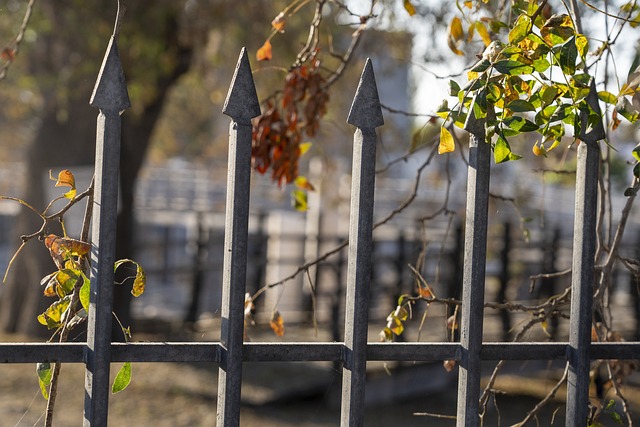In New Bedford, MA, where outdoor living is cherished, residential fence installation has emerged as a critical aspect of property enhancement. This article serves as a comprehensive guide for homeowners seeking to transform their outdoor spaces. We delve into the nuanced understanding of local residential fencing needs, highlighting the importance of selecting the right installation company. From wood to vinyl and chain-link varieties, we explore common fence types catering to diverse preferences and budgets. Additionally, this guide provides an insightful step-by-step installation process and essential post-installation care tips for lasting fence longevity.
- Understanding Residential Fence Needs in New Bedford
- Choosing the Right Installation Company
- Common Types of Fences for Your Home
- The Installation Process: Step-by-Step Guide
- Post-Installation Care and Maintenance Tips
Understanding Residential Fence Needs in New Bedford
In New Bedford, MA, understanding residential fence needs involves considering various factors such as property size, surrounding landscapes, and personal aesthetic preferences. Homeowners may seek fences for security, privacy, or to define property lines. The diverse climate in New Bedford requires durable materials that can withstand harsh winters and hot summers.
Local regulations and homeowners’ associations (HOAs) often dictate fence styles and heights, especially in suburban neighborhoods. Therefore, it’s essential for installation companies to offer a wide range of options, from traditional wooden fences to modern aluminum or vinyl varieties. Each material has unique benefits and considerations, influencing the overall cost and longevity of the fence.
Choosing the Right Installation Company
When choosing an installation company for your residential fence, it’s crucial to consider their expertise and experience. Look for companies with a proven track record in New Bedford, as this ensures they understand local codes and regulations. Ask for references and check online reviews to gauge customer satisfaction levels.
The right company should offer a diverse range of fence styles and materials, allowing you to select the perfect fit for your property. They should provide detailed estimates, ensuring transparency in pricing, and be insured to protect against any potential damages during installation.
Common Types of Fences for Your Home
When it comes to residential fence installation, New Bedford, MA offers a variety of options to suit different preferences and needs. The most common types of fences include wood, vinyl, chain link, and iron. Each material has its unique aesthetics and benefits. Wood fences, for instance, provide a classic, natural look and can be customized with various styles like picket or post and rail. They require regular maintenance but offer excellent privacy. Vinyl fences are low-maintenance, durable, and come in a range of colors and designs, making them popular choices for homeowners seeking both style and functionality. Chain link fences are known for their strength and security, often used for backyards with children or pets. Iron fences provide an elegant, timeless look and can increase the curb appeal of your home, but they tend to be more expensive and require regular painting to maintain their luster.
The Installation Process: Step-by-Step Guide
The installation process for a residential fence begins with a thorough site assessment by the professional company. They will measure the area, consider local regulations and building codes, and discuss design options with the client. Next, they prepare the ground, ensuring it’s level and clear of any obstacles. This step involves removing any grass or plants and marking out the precise location of the fence.
The actual installation varies depending on the type of fence chosen but typically includes digging post holes, setting posts, attaching braces, and securing panels or rails. For wood fences, this may involve pre-treating the posts to protect against rot and insects. Concrete is often used to secure the posts in place, ensuring stability and longevity. Once the posts are firmly in the ground and braced, the fence panels or rails are attached, creating a secure and attractive barrier.
Post-Installation Care and Maintenance Tips
After your new fence is installed, proper care and maintenance are essential to ensure its longevity. Regular cleaning is a simple yet effective practice; use a soft brush or cloth to remove any dirt, dust, or debris that may accumulate on the fence’s surface. Avoid power washing unless recommended by the manufacturer, as it could damage the fencing material over time.
Inspecting your fence for any signs of wear and tear is crucial. Keep an eye out for loose or damaged boards, rusted posts (especially in metal fences), or weakened connections. Promptly repairing these issues will help prevent further deterioration. Apply a fresh coat of paint or sealant annually to protect the fence from the elements, maintaining its aesthetic appeal and structural integrity.
